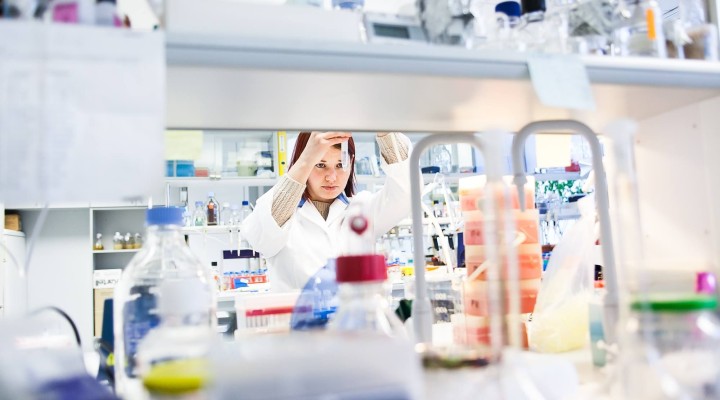“Estonia could become a frontrunner in green technology,” said Prime Minister Kaja Kallas. “Keeping the future in mind, the government considered it important to support the development of new hydrogen technologies in Estonia. These innovative technologies contribute to a successful green transition and future-friendly energetics, as well as help create new jobs in Estonia with significant added value. We can be proud that there are so many smart people and innovative companies in Estonia.”
“The introduction of hydrogen technologies supports achieving the goal of climate neutrality set by the European Union,” said Minister of the Environment Erki Savisaar. “As the Minister of the Environment, I am glad that the interest of Estonian companies in developing this type of energy has been enthusiastic. It shows how smart the people of our small country are and how much they care about the environment. Hydrogen technologies are a way of storing energy that are both environmentally friendly and offer a wide range of consumption options. Hydrogen can be used in industrial enterprises, in transport from aviation and shipping to cars, and in heating solutions for buildings.”
Minister of Entrepreneurship and Information Technology Andres Sutt also emphasised that the breakthrough of hydrogen technologies in the world is about to begin and that it is important to take the lead and support Estonian projects. “Hydrogen will be one of the main foundations of the green and innovative transition in the future and developing the field contributes to creating smart and high-paying jobs, reducing the energy costs of our consumers, and replacing technologies with high carbon emission rates.”
Three Estonian companies are participating in the integrated IPCEI called “H2 Technology” in the field of the hydrogen value chain: Skeleton Technologies, Elcogen, and Stargate Hydrogen Solutions. The total investment of these companies is 111 million euros, of which the deficit in the period of 2022–2026 amounts to 67.5 million euros according to current knowledge.
The support of the European Commission for IPCEIs is limited to granting permission to provide state aid, meaning the Commission does not provide funding, which is why it is the task of the Estonian state to specify who it is willing to finance and to what extent.
Today, the members of the government agreed to the approach that the Estonian state can finance the projects (in addition to the own resources of companies) from the revenue generated via the EU emission trading system, or CO2 trading revenue, and the applied research programme managed by the Ministry of Economic Affairs and Communications; as well as support intended for large investments in the businesses of Ida-Viru County.
The hydrogen strategy of the European Union has set a target of hydrogen making up 14% of the energy portfolio by 2050; more ambitious private companies estimate that hydrogen could potentially make up 25%. Nearly 440 IPCEI ideas in the field of hydrogen were received from the EU Member States. More than 20 proposals were received for the idea campaign of hydrogen projects organised by Estonia; the local evaluation committee decided to give a recommendation to ten of those projects, three of which we directed to the so-called first wave.
More information on Estonian IPCEIs: https://www.eas.ee/vesinikusuurprojektid-h-ipcei/.
